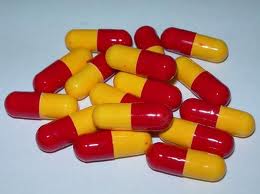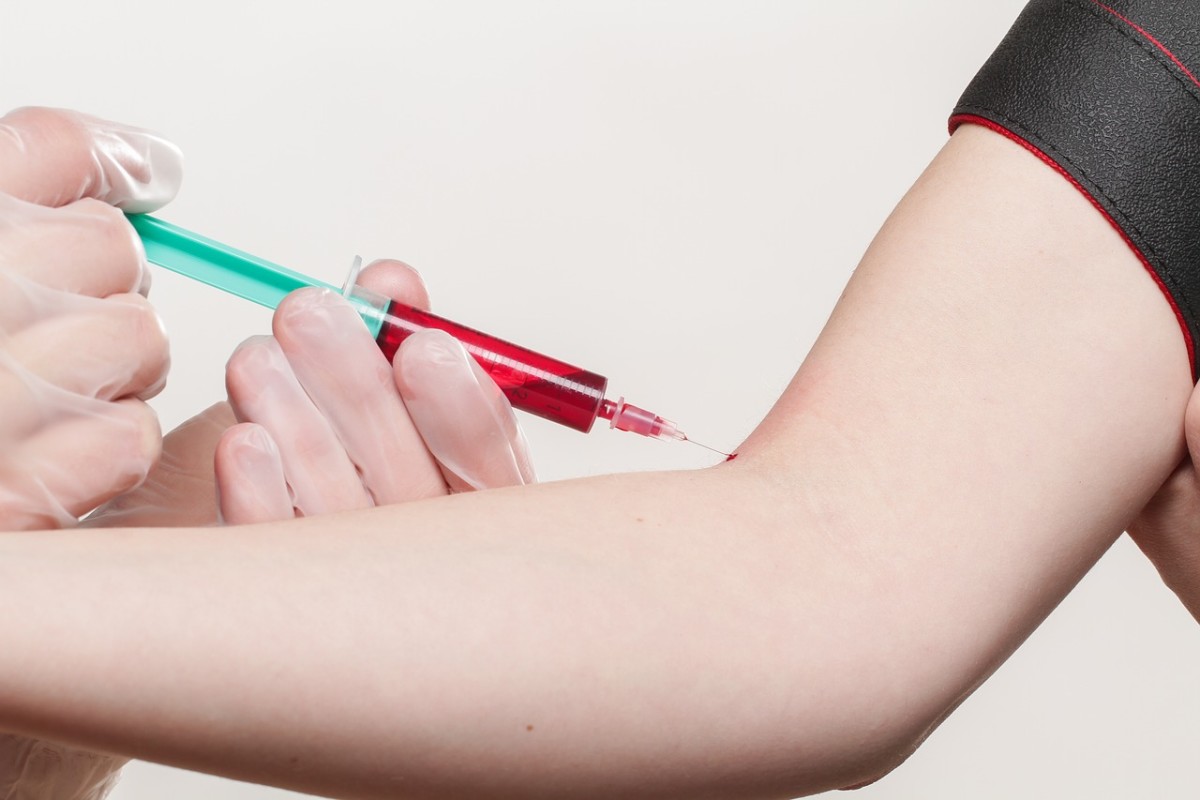Penicillins and Cephalosporins

Penicillins
Obtained from a moulds Penicillium.
Molecular structure – penicillin nucleus (6-amino-penicillanic acid).
Add various side-chains to make semi-synthetic penicillins.
Same anti-bacterial spectrum.
Remarkable safety & high therapeutic index (because human cells don’t have cell walls).
Exhibit time dependent bacterial killing.
Mode of Action
Inhibiting the enzymes (Penicillin binding proteins) involved in cross-linking of Peptidoglycan layer of cell wall.
Incapable of withstanding osmotic gradient between its interior & its environment.
Cell swells & ruptures
Bactericidal & effective against multiplying organisms(resting organisms don’t make cell walls)
Resistance
b-lactamase producing organisms openb-lactam ring & terminates the activity.
Modification of PBPs, render them unable to bindb-lactams.
Reduce permeability of outer cell membrane of Gram-negatives.
Possession of pumps in outer membrane which removeb-lactam molecules.
Pharmacokinetics
Benzylpenicillin is destroyed by gastric acid (can’t use orally).
Others (Phenoxymethylpenicillin) resist acid & absorbed in upper small bowel.
T ½ of < 2 hours.
Wide distribution, mainly in body water (enter well into CSF, if meningitis are inflamed)
Organic acid
Plasma clearance rapidly, due to secretion into renal tubular fluid by anion transport mechanism.
Greatly exceeds glomerular filtration rate (127 ml/min)
Excretion delayed by giving Probenecid (when concurrently given)
Dosage reduce in renal impairment.
Adverse effects
Allergic reactions including itching, rashes (eczematous or urticarial), fever & angioedema. (immediate type reaction)
Anaphylactic shock
Cross-allergy between various forms of penicillins & cephalosporins (Carbapenems, monobactams have a much lower risk of cross-reactivity)
Diarrhea (due to alteration of intestinal flora)
Neutropenia
Haemolytic anaemia, thrombocytopenia, interstitial nephritis
Convulsions (extremely high plasma concentrations)
Hepatic toxicity (prolong usage of Co-amoxiclav & flucloxacillin in elderly)
Cephalosporins
Obtained from a filamentous fungus Cephalosporium.
Molecular structure is closely related to Penicillins.
Wide range of activity (broad spectrum).
Low toxicity.
Mode of Action
Similar tob-lactams
Impair bacterial cell wall synthesis
Bactericidal
* b-lactam ring can be protected by structural manoeuvring, which results in compounds with improved activity against Gram-negative organisms.
Lose some anti-Gram-positive activity.
Resist attack byb-lactamases (but bacteria develop resistance to them by other means)
* Methicillin-resistant Staph. aureus (MRSA) should be considered resistant to all Cephalosporins.
Pharmacokinetics
Excreted unchanged in urine.
Some form desacetyl metabolites which posses some antibacterial activity, Eg: Cefotaxime.
Actively secreted by renal tubules (process is blocked by Probenecid)
Dose should reduce in patients with poor renal function.
T ½ of 1-4 hours (exception Ceftriaxone, T ½ = 8 hrs)
Wide distribution in body (bone, soft tissue, muscle, CSF)
Adverse effects
Allergic reactions (Penicillin type)
Cross-allergy between penicillins & cephalosporins
Pain in IM injections
Side effects
If continued for > 2 weeks
Thrombocytopenia
Haemolytic anaemia
Neutropenia
Interstitial nephritis
Abnormal liver function tests (at high doses) (reverse on stopping the drug)
Opportunistic infections with resistant bacteria or Candida albicans, Clostridium difficile diarrhea
Cholelithiasis symptoms (biliary pseudocholelithiasis) (Ceftriaxone)
(Cefamandole)
Prothrombin deficiency
Disulfiram-like reaction after ingestion of alcohol



